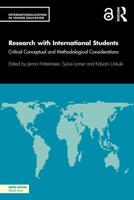Publisher's Synopsis
While effects-based operations and thinking have created significant debate, joint doctrine focuses on effects as an element of operational design rather than the many variations of effects-based operations theory. There is a critical relationship among desired effects, critical vulnerabilities, and military means. The Joint Force Commander's ability to create desired effects against an adversary's critical vulnerabilities (in order to attack the enemy's center of gravity) using military means is limited to the capabilities of the forces the Military Services have organized, trained, and equipped. While the Air Force mission statement includes the air, space, and cyberspace domains, its current organizational structure underemphasizes Irregular Warfare, space, and cyberspace forces. Based on the historical frequency of small wars as well as the counterinsurgency operations in Iraq and Afghanistan, the Air Force can greatly enhance the joint warfare team by increasing the size and capabilities of its Irregular Warfare forces. Examining the current and potential threats to US access to space for national security purposes, many states and organizations are increasing their use of space while developing capabilities to limit or deny our access to satellites or desired effects from or through the space domain. Analyzing current threats in cyberspace, the Air Force does not enjoy the same degree of superiority in cyberspace as it does in the air domain. In order to establish dominance in space and cyberspace, the creation of separate MAJCOMs for space and cyberspace forces would encourage creative problem solving and innovative thought to operations in each of those distinct domains in a similar fashion to the pioneering airpower theories of Douhet and Mitchell.










